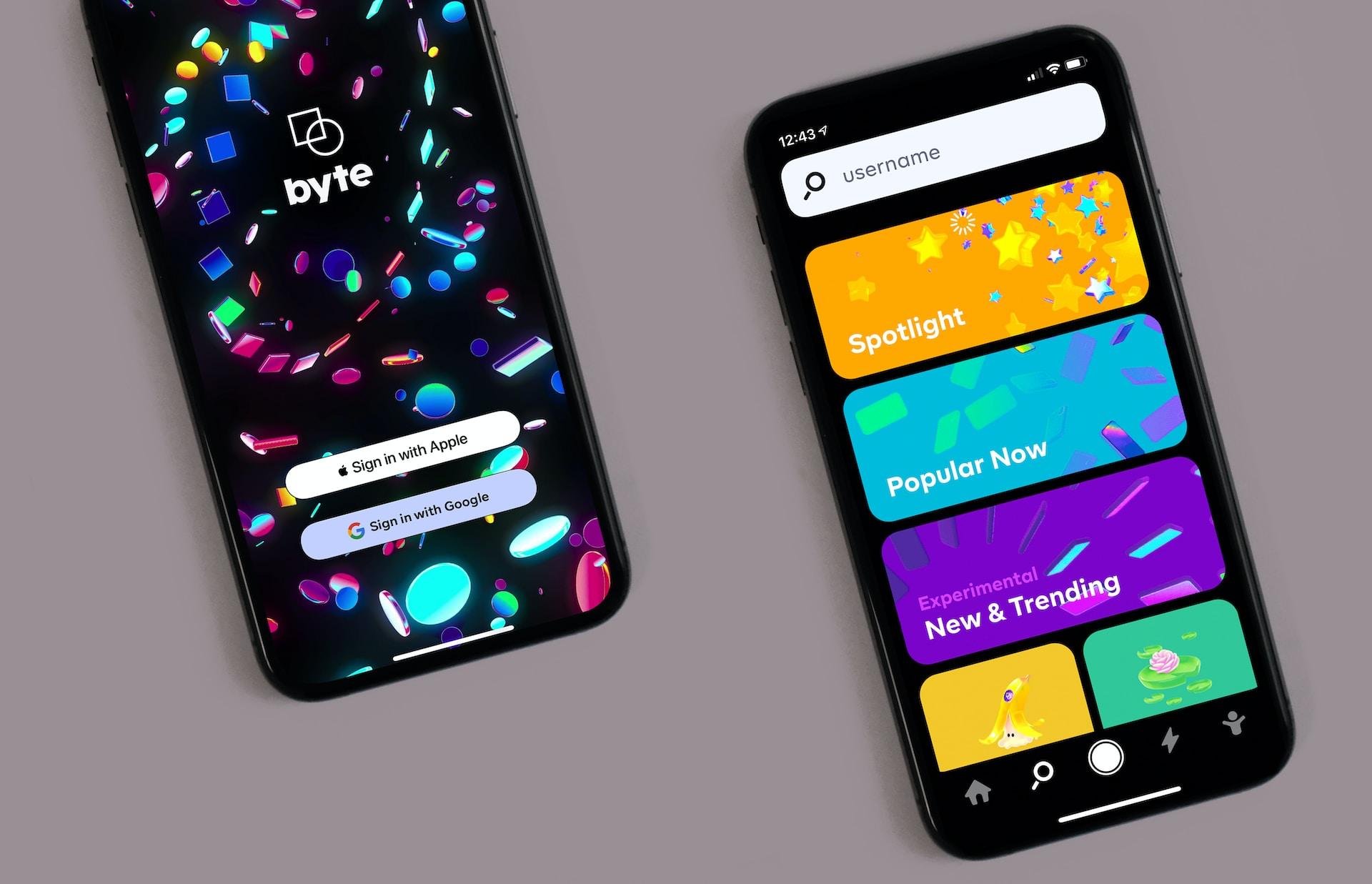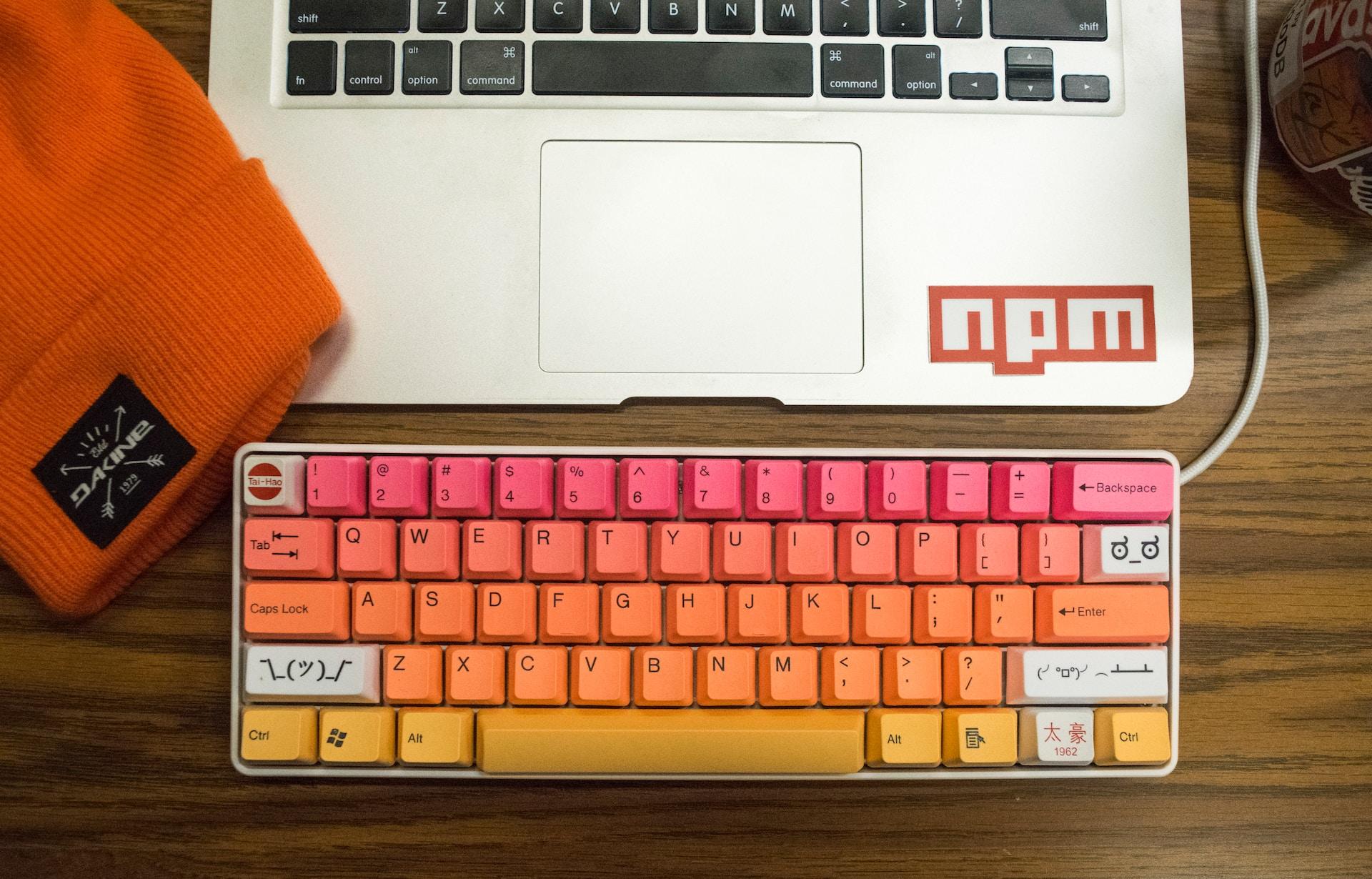Web Accessibility: Inclusive Design for All Users

Table Of Content
- Understanding Web Accessibility and Inclusive Design
- The Importance of Inclusive Design
- Key Principles of Inclusive Design
- 1. Diversity and Representation
- 2. Flexibility and Adaptability
- three. Clarity and Simplicity
- four. Perceptibility and Feedback
- 5. Tolerance for Error and Recovery
- Practical Strategies for Inclusive Web Design
- 1. Prioritize Keyboard Accessibility
- 2. Provide Descriptive Alternative Text
- 3. Design with Semantic HTML
- four. Ensure Color Contrast and Readability
- 5. Optimize Form Accessibility
- 6. Implement Responsive and Scalable Layouts
- 7. Support Assistive Technologies
- eight. Conduct User Testing with Diverse Audiences
- nine. Provide Clear Navigation and Orientation
- 10. Foster Accessibility Awareness and Education
- 11. Enable Semantic Link Text
- 12. Provide Consistent Page Titles
- 13. Utilize Accessible Tables
- 14. Support Text Resizing
- 15. Design for Consistent Focus Order
- 16. Provide Audio Descriptions for Video Content
- 17. Offer Multiple Ways to Access Content
- 18. Design for Consistent Interaction Patterns
- 19. Support Language and Localization
- 20. Design Accessible Forms and Inputs
- 21. Leverage ARIA Landmarks and Roles
- 22. Design for High Contrast Mode
- 23. Offer Plain Language Summaries
- 24. Implement Consistent Navigation Labels
- 25. Design for Screen Reader Compatibility
- 26. Support Dynamic Font and Text Settings
- 27. Design for Cognitive Accessibility
- 28. Offer Text-to-Speech and Speech Recognition
- 29. Provide Accessible Print Stylesheets
- 30. Conduct Regular Accessibility Audits and Reviews
- 31. Design for Temporary Disabilities
- 32. Support Assistive Technology Integration
- 33. Promote Accessibility in Content Creation
- 34. Monitor Accessibility Compliance and Progress
- 35. Advocate for Accessibility Across the Web
- Conclusion
In today's virtual technology, making sure net accessibility is not only a prison duty or a moral imperative—it's a fundamental necessity for creating a in reality inclusive on line surroundings. With over 1000000000 human beings globally residing with disabilities, designing web sites which can be on hand to absolutely everyone is important for promoting equality, range, and inclusivity. In this manual, we're going to explore the principles of inclusive design and provide realistic strategies for building handy web sites that cater to the needs of all users.
Understanding Web Accessibility and Inclusive Design
Web accessibility refers to the exercise of designing and developing web sites and web programs that can be accessed and utilized by people with disabilities. Inclusive design, then again, is going beyond accessibility with the aid of ensuring that services and products are usable via as many people as viable, irrespective of their age, potential, or historical past.
The Importance of Inclusive Design
Inclusive design blessings not best people with disabilities however additionally older adults, people with transient impairments (together with a broken arm), and those with situational boundaries (along with the usage of a cell tool in brilliant sunlight). By embracing inclusive layout concepts, agencies can create services and products that are extra consumer-friendly, progressive, and sustainable.
Key Principles of Inclusive Design
1. Diversity and Representation
Ensure that design groups include various views and lived studies to foster empathy and expertise of various consumer wishes. By incorporating a wide variety of voices inside the layout method, we can create answers which can be greater inclusive and reflective of the various wishes of all customers.
2. Flexibility and Adaptability
Design interfaces and interactions which might be bendy and adaptable to house loads of consumer choices, capabilities, and contexts. Provide customizable alternatives, settings, and functions that permit users to customize their enjoy in line with their man or woman needs and choices.
three. Clarity and Simplicity
Prioritize clarity and ease in layout to lessen cognitive load and decorate usability for all customers. Use clear language, intuitive navigation, and constant design patterns to make it clean for customers to understand and have interaction with the interface, regardless of their stage of virtual literacy or cognitive competencies.
four. Perceptibility and Feedback
Ensure that content material and remarks are perceivable through all users, together with people with sensory impairments or barriers. Use multiple sensory modalities, which includes visual, auditory, and tactile cues, to convey records and offer remarks in a clear and handy manner.
5. Tolerance for Error and Recovery
Design interfaces which can be forgiving of user errors and provide clean paths for healing and correction. Use error prevention techniques, together with descriptive mistakes messages, undo functionalities, and innovative disclosure, to minimize user frustration and facilitate a success project of entirety.
Practical Strategies for Inclusive Web Design
1. Prioritize Keyboard Accessibility
Ensure that every one interactive elements, menus, and functionalities can be accessed and operated using keyboard navigation on my own. Test the internet site's keyboard accessibility to verify that customers can navigate and engage with all content material without counting on a mouse or contact enter.
2. Provide Descriptive Alternative Text
Include descriptive alternative text for pics, icons, and other non-textual content content to ensure they're accessible to users who depend upon display readers or other assistive technology. Alt text ought to as it should be deliver the content and motive of the photograph to offer meaningful context to customers.
3. Design with Semantic HTML
Utilize semantic HTML elements (e.G., <nav>, <main>, <article>) to shape content material and offer clean semantics to assistive technology. Semantic markup complements accessibility, search engine marketing, and interoperability by using conveying the meant which means and structure of content to both customers and machines.
four. Ensure Color Contrast and Readability
Maintain sufficient coloration comparison ratios between text and history elements to make sure readability for customers with low vision or coloration blindness. Use reachable shade palettes and checking out gear to verify shade evaluation compliance and decorate content material legibility for all users.
5. Optimize Form Accessibility
Design bureaucracy with available labels, instructions, and errors messages to assist users in completing form fields appropriately. Ensure that form controls are keyboard accessible and provide clean feedback on validation errors and required fields to facilitate successful shape submission.
6. Implement Responsive and Scalable Layouts
Create responsive layouts that adapt seamlessly to unique display sizes, resolutions, and orientations to provide a consistent and available consumer experience across devices. Use fluid grids, flexible pics, and media queries to deal with varying viewport sizes and device competencies.
7. Support Assistive Technologies
Test the internet site's compatibility with display screen readers, magnifiers, voice popularity software program, and other assistive technology to make sure a continuing person revel in for users with disabilities. Provide available alternatives and fallbacks for dynamic or interactive content to beautify compatibility and usefulness.
eight. Conduct User Testing with Diverse Audiences
Engage users with disabilities in usability testing periods to acquire remarks, identify accessibility barriers, and validate layout decisions. Incorporate user remarks and insights into the design technique to iteratively improve accessibility and value for all customers.
nine. Provide Clear Navigation and Orientation
Design intuitive navigation menus, breadcrumbs, and landmarks to help customers orient themselves in the website and locate relevant content without problems. Ensure that navigation structures are steady, predictable, and easy to understand to beautify usability for all customers.
10. Foster Accessibility Awareness and Education
Promote awareness, education, and education on net accessibility great practices amongst designers, builders, and stakeholders. Offer assets, tutorials, and workshops to empower teams to comprise accessibility into their workflow and advise for inclusive design principles.
11. Enable Semantic Link Text
Use descriptive and meaningful link text that as it should be displays the vacation spot or motive of the link. Avoid vague or ambiguous link labels like "click right here" or "read greater" that won't provide enough context to screen reader customers or users navigating thru keyboard.
12. Provide Consistent Page Titles
Ensure that every web page has a clear and descriptive identify that accurately reflects its content and motive. Consistent web page titles assist customers understand their present day region within the website and facilitate navigation, particularly for customers who depend on display readers or bookmarks.
13. Utilize Accessible Tables
When using facts tables, use semantic HTML markup (e.G., <table>, <th>, <td>) and suitable attributes (e.G., scope, headers, summary) to enhance accessibility for display reader customers. Provide row and column headers, captions, and summaries to convey the structure and which means of the table efficaciously.
14. Support Text Resizing
Allow users to resize textual content or modify font sizes the use of browser controls or integrated accessibility functions. Ensure that the internet site layout remains responsive and readable at various text sizes to deal with users with low imaginative and prescient or visible impairments who can also require large text for clarity.
15. Design for Consistent Focus Order
Ensure that the focus order of interactive factors follows a logical and intuitive series that mirrors the visible format of the page. Users must be capable of navigate through interactive factors using the keyboard in a predictable and consistent way without encountering unexpected jumps or skips.
16. Provide Audio Descriptions for Video Content
For films with important visible content material or records, offer audio descriptions that describe key visual elements, moves, and context for customers who are blind or visually impaired. Audio descriptions enhance accessibility through ensuring that each one customers can access and understand the content material of the video.
17. Offer Multiple Ways to Access Content
Provide a couple of pathways to get right of entry to content, along with seek functionality, navigation menus, and sitemaps, to deal with diverse person choices and surfing behaviors. Allow users to pick out the maximum convenient approach for finding and getting access to the records they need.
18. Design for Consistent Interaction Patterns
Maintain regular interplay patterns and behaviors throughout exclusive elements of the website to limit cognitive load and confusion for users. Use acquainted design conventions and affordances to guide users and enhance their know-how of a way to interact with interface factors.
19. Support Language and Localization
Support multiple languages and localization options to cater to customers from different linguistic and cultural backgrounds. Provide language switchers, localized content material, and alternative text for non-text content to make certain that each one users can get admission to and understand the content in their desired language.
20. Design Accessible Forms and Inputs
Ensure that shape fields, labels, and enter factors are surely labeled and available to customers with disabilities. Use suitable enter kinds (e.G., <input type="text">, <input type="email">, <input type="tel">) and enter validation strategies to enhance usability and accessibility for all users.
21. Leverage ARIA Landmarks and Roles
Use ARIA landmarks, roles, and attributes to enhance the accessibility and navigability of complex web interfaces and applications. ARIA attributes offer extra semantic facts to assistive technology and improve the usability of dynamic, interactive, or custom UI components.
22. Design for High Contrast Mode
Ensure that the website remains legible and usable whilst considered in high evaluation mode or with custom colour schemes enabled. Avoid relying solely on coloration cues or subtle visible distinctions and provide clear text labels, icons, and signs for all interactive factors.
23. Offer Plain Language Summaries
Provide plain language summaries or summaries in a couple of languages for complicated or technical content material to enhance comprehension for customers with cognitive disabilities or restricted literacy competencies. Summaries assist customers understand the main factors and key takeaways of the content with out overwhelming them with technical jargon.
24. Implement Consistent Navigation Labels
Use regular and descriptive navigation labels, headings, and landmarks to guide users via the internet site and orient them inside the content hierarchy. Consistent navigation labels enhance usability and accessibility by offering clean signposts and cues for users to navigate the website online effectively.
25. Design for Screen Reader Compatibility
Test the website's compatibility with display readers and assistive technology to make sure that all content material, interactive factors, and functionalities are handy to customers with visible impairments. Provide alternative text, ARIA attributes, and semantic HTML markup to beautify display screen reader help and usefulness.
26. Support Dynamic Font and Text Settings
Allow customers to customize font styles, sizes, and spacing settings to meet their man or woman preferences and accessibility desires. Provide alternatives for adjusting font weights, line heights, and letter spacing to beautify readability and accommodate customers with visual impairments or dyslexia.
27. Design for Cognitive Accessibility
Simplify complex concepts, instructions, and interfaces to improve cognitive accessibility for customers with getting to know disabilities or cognitive impairments. Use clean language, visual aids, and step-via-step commands to help users apprehend and interact with the content material more efficaciously.
28. Offer Text-to-Speech and Speech Recognition
Integrate textual content-to-speech and speech recognition functionalities to support customers who have problem studying or typing. Allow customers to transform textual content content into spoken audio or dictate input the use of voice commands to beautify accessibility and usefulness for users with disabilities.
29. Provide Accessible Print Stylesheets
Create reachable print stylesheets that optimize the printing experience for customers who opt for or require printed copies of web content. Ensure that published files maintain right formatting, clarity, and accessibility capabilities, along with alternative textual content and descriptive headings.
30. Conduct Regular Accessibility Audits and Reviews
Regularly audit and evaluation the internet site for accessibility compliance the usage of computerized tools, manual testing, and professional opinions. Identify and cope with accessibility troubles, usability obstacles, and compliance gaps to ensure that the website remains handy and inclusive for all customers.
31. Design for Temporary Disabilities
Consider the wishes of customers with temporary disabilities or situational boundaries, which includes users recuperating from surgical operation or experiencing transient mobility impairments. Provide transient accommodations, shortcuts, and alternative workflows to facilitate get entry to and value at some stage in temporary periods of incapacity.
32. Support Assistive Technology Integration
Ensure that the website is well matched with a wide range of assistive technologies, consisting of display screen readers, magnifiers, speech reputation software, and braille presentations. Test compatibility with assistive technologies and offer handy options for users who depend on those gear to get admission to net content.
33. Promote Accessibility in Content Creation
Educate content material creators, editors, and members on accessibility satisfactory practices and pointers for developing inclusive content material. Provide training, sources, and templates to assist content creators produce on hand and inclusive content material from the outset.
34. Monitor Accessibility Compliance and Progress
Establish processes for monitoring accessibility compliance, monitoring progress, and evaluating the effectiveness of accessibility projects over the years. Use accessibility metrics, person remarks, and compliance reviews to identify areas for improvement and measure the impact of accessibility efforts.
35. Advocate for Accessibility Across the Web
Advocate for accessibility recognition, training, and advocacy inside the broader net improvement network and industry. Participate in accessibility forums, meetings, and working organizations to percentage understanding, collaborate on exceptional practices, and sell the importance of inclusive design standards.
Conclusion
By incorporating those additional points into our dialogue on web accessibility and inclusive design, we will further beautify the accessibility and usability of websites for all customers, regardless
in their capabilities or disabilities. By embracing inclusive layout principles, leveraging accessibility first-rate practices, and advocating for accessibility across the internet, we will create a extra inclusive and equitable virtual environment where absolutely everyone has same get entry to to data, offerings, and possibilities. Let's retain to prioritize accessibility, champion inclusivity, and work collectively to construct an internet that is simply handy to all.
![[object Object]](/_next/image?url=%2F_next%2Fstatic%2Fmedia%2Flogo_light.a64bd0f9.png&w=3840&q=75)






